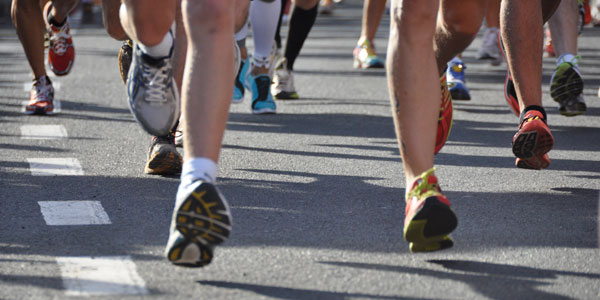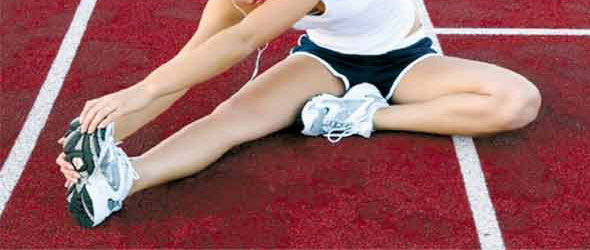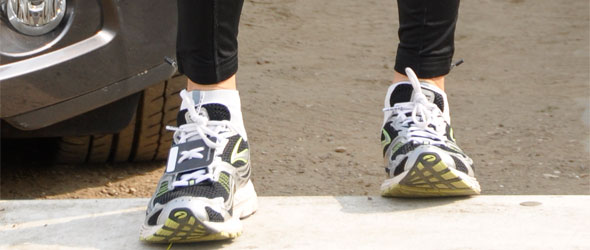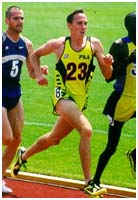On landing, the foot distributes the weight and prepares to propel the leg forward via various mechanisms that contribute to the movement of running. Before this takes place the normal anatomical structure of the foot can go through various deviations which are appropriate to each individual. [Read more…]
Mechanism of injury – Hamstring
Musculoskeletal imbalances
Any breakdown in the effective function of the legs and pelvis during running may predispose to injury. Examples include:
- postural changes due to muscle tightness
- lumbar or sacro-iliac joint stiffness
- poor co-ordination of movement or early fatigue associated with muscle weakness
- leg length discrepancy (LLD) which will affect pelvic motion and stride length. Note: LLD < 1.5 cm is usually not significant
- prolonged or delayed pronation or supination of the foot, which will alter the function of the leg and pelvis during the running cycle [Read more…]
Stress fractures can be avoided
Stress fractures can be avoided
Do not be fooled into thinking that your injury is a stress fracture only if you are unable to run. Many runners could avoid stress fractures if they would only take notice of a pain in the legs after a run. At this point it’s possible to prevent a stress fracture by responding to the developing problem: Stop running and see a sports medicine specialist. [Read more…]






















